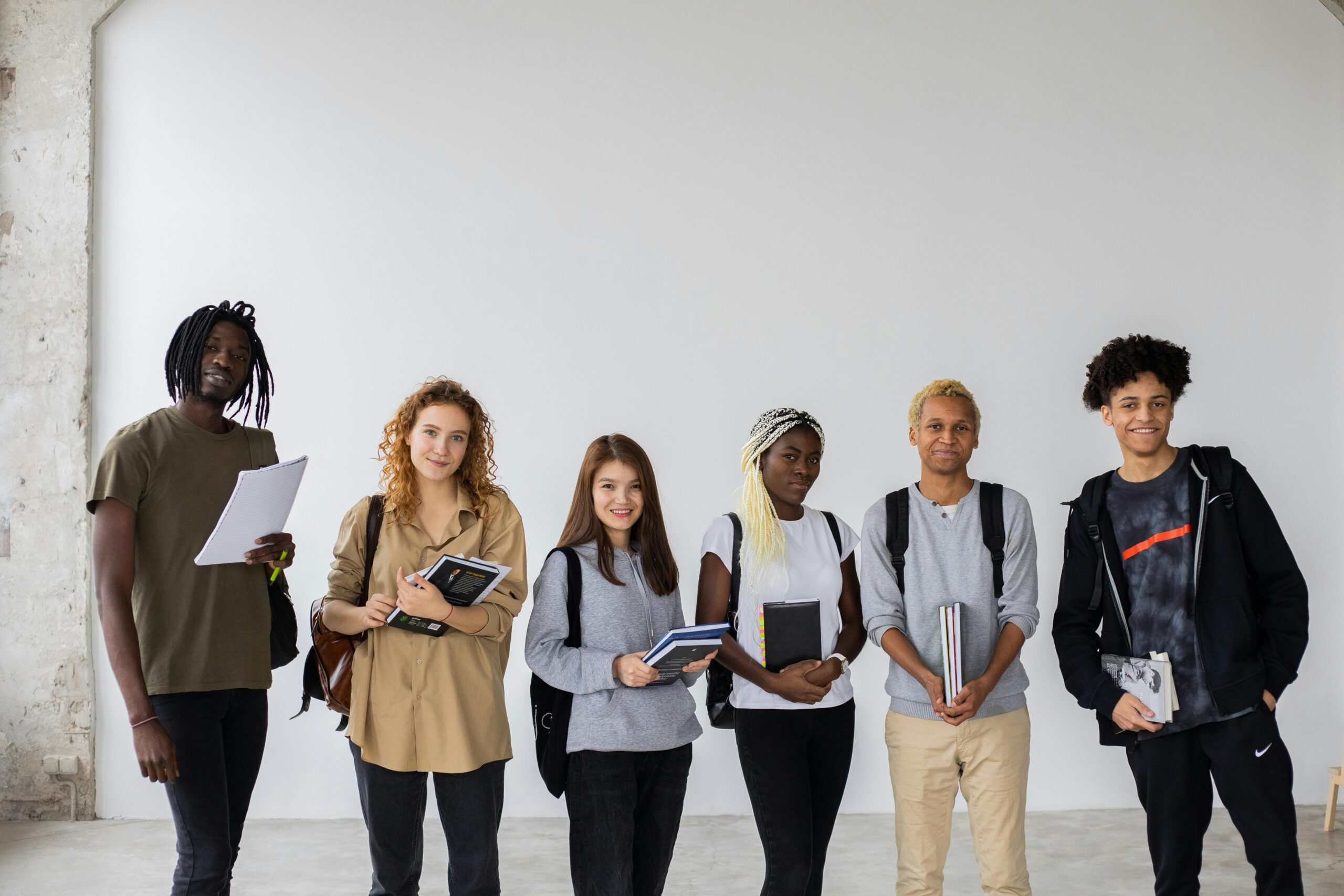Title: Understanding Columbia University Student Protests: A Complex Narrative of Activism and Change
Introduction: Columbia University, nestled in the heart of New York City, has long been a bastion of academic excellence and a breeding ground for intellectual discourse. However, beyond its ivy-covered walls lies a dynamic landscape of student activism, where passionate voices rally for change and challenge the status quo. In recent years, Columbia has been no stranger to student protests, with issues ranging from racial injustice to campus policies sparking heated demonstrations and calls for action. This article aims to delve into the multifaceted nature of student protests at Columbia University, exploring their motivations, methods, and impact on the campus community.

Historical Context: To truly understand the current wave of student protests at Columbia, it’s essential to examine the historical backdrop that has shaped the university’s culture of activism. From the civil rights movement of the 1960s to the anti-apartheid protests of the 1980s, Columbia has a rich legacy of student engagement in social and political issues. These past movements have laid the groundwork for contemporary activism, inspiring students to continue the tradition of advocating for justice and equality.
Motivations Behind Protests: One of the driving forces behind student protests at Columbia is the desire to address systemic injustices and inequalities both on and off campus. Issues such as racial discrimination, gender inequality, and economic disparities have fueled student outrage and mobilized them to take action. For example, in recent years, students have protested against the university’s handling of sexual assault cases, demanding greater accountability and support for survivors. Additionally, concerns about gentrification and displacement in the surrounding Harlem community have prompted students to advocate for more equitable housing policies and community engagement initiatives.
Methods of Protest: Student protests at Columbia University have taken various forms, ranging from peaceful demonstrations to direct actions and civil disobedience. These tactics are often strategic, designed to draw attention to specific grievances and pressure university administrators to enact change. Sit-ins, marches, and rallies are common modes of protest, allowing students to amplify their voices and show solidarity with marginalized communities. Social media platforms have also played a crucial role in organizing protests and raising awareness, enabling students to mobilize quickly and reach a broader audience.
Challenges and Controversies: While student protests can be powerful catalysts for change, they are not without challenges and controversies. One of the primary obstacles faced by activists is resistance from university officials and other stakeholders who may be reluctant to concede to their demands. This often leads to tense standoffs and negotiations, with both sides striving to assert their positions. Moreover, the diversity of perspectives within the student body can sometimes lead to internal divisions and conflicts over tactics and priorities. Navigating these complexities requires strong leadership and effective communication among activists.
Impact and Outcomes: Despite the obstacles, student protests at Columbia University have yielded tangible results and sparked meaningful dialogue on campus. In some cases, protests have led to policy changes and institutional reforms, such as the implementation of new sexual assault prevention programs or the establishment of diversity and inclusion initiatives. Additionally, protests have served as educational opportunities, raising awareness about pressing social issues and fostering a culture of civic engagement among students. Even when specific demands are not immediately met, protests can sow the seeds for future activism and inspire ongoing efforts for change.
Conclusion: In conclusion, student protests at Columbia University are a dynamic expression of activism and advocacy, driven by a commitment to social justice and equity. From challenging institutional policies to standing in solidarity with marginalized communities, students are using their voices and actions to effect meaningful change on campus and beyond. While protests may be met with resistance and controversy, they remain a vital tool for holding institutions accountable and advancing the cause of justice. As Columbia continues to grapple with pressing social issues, the spirit of activism among its students will undoubtedly remain a driving force for progress and transformation.
